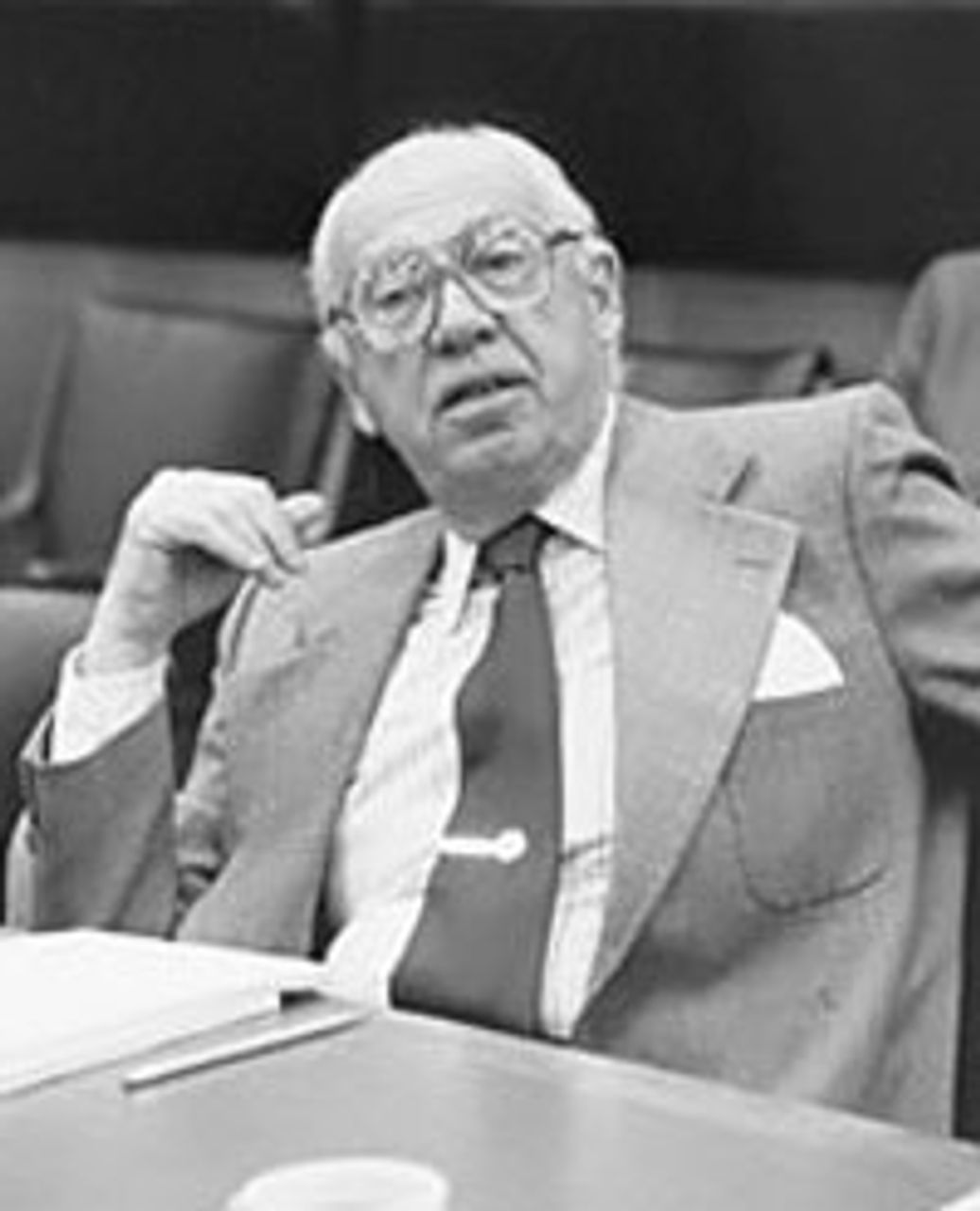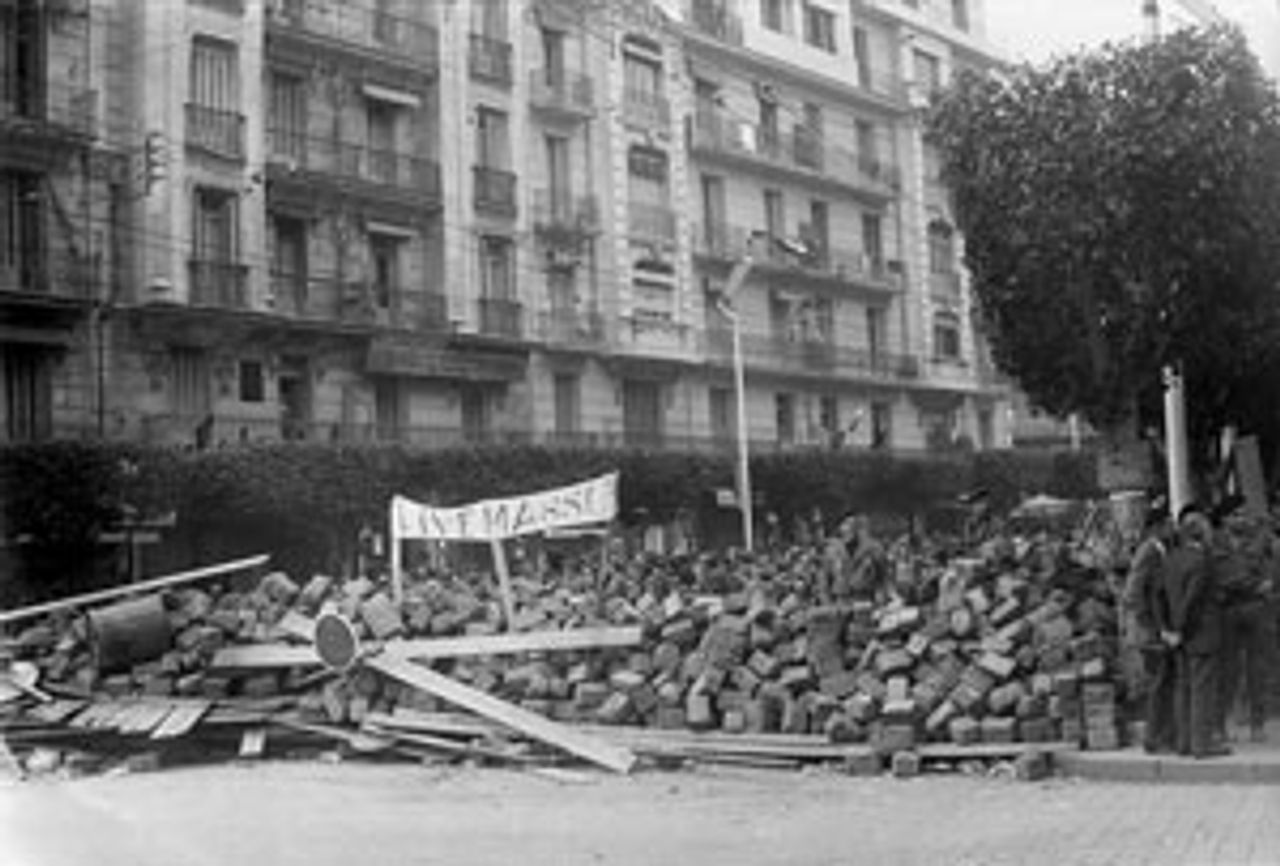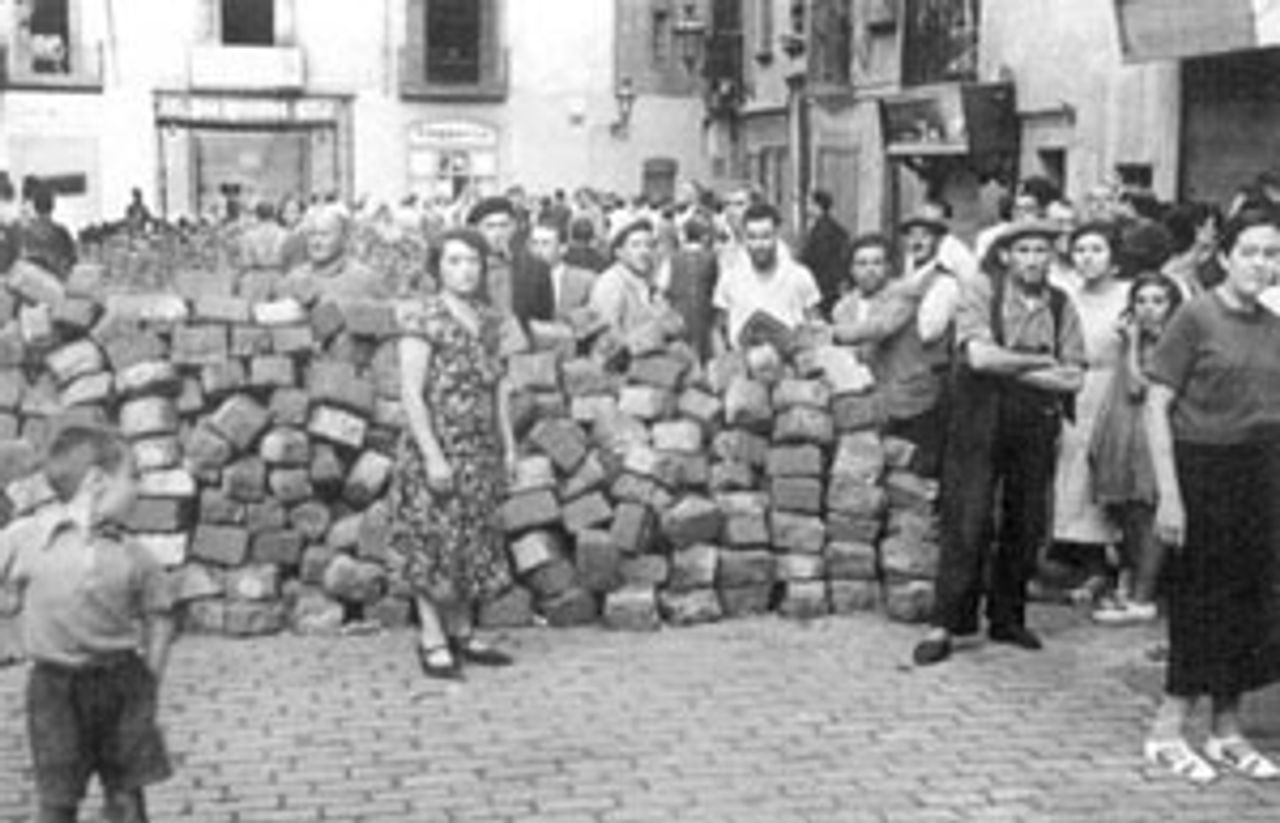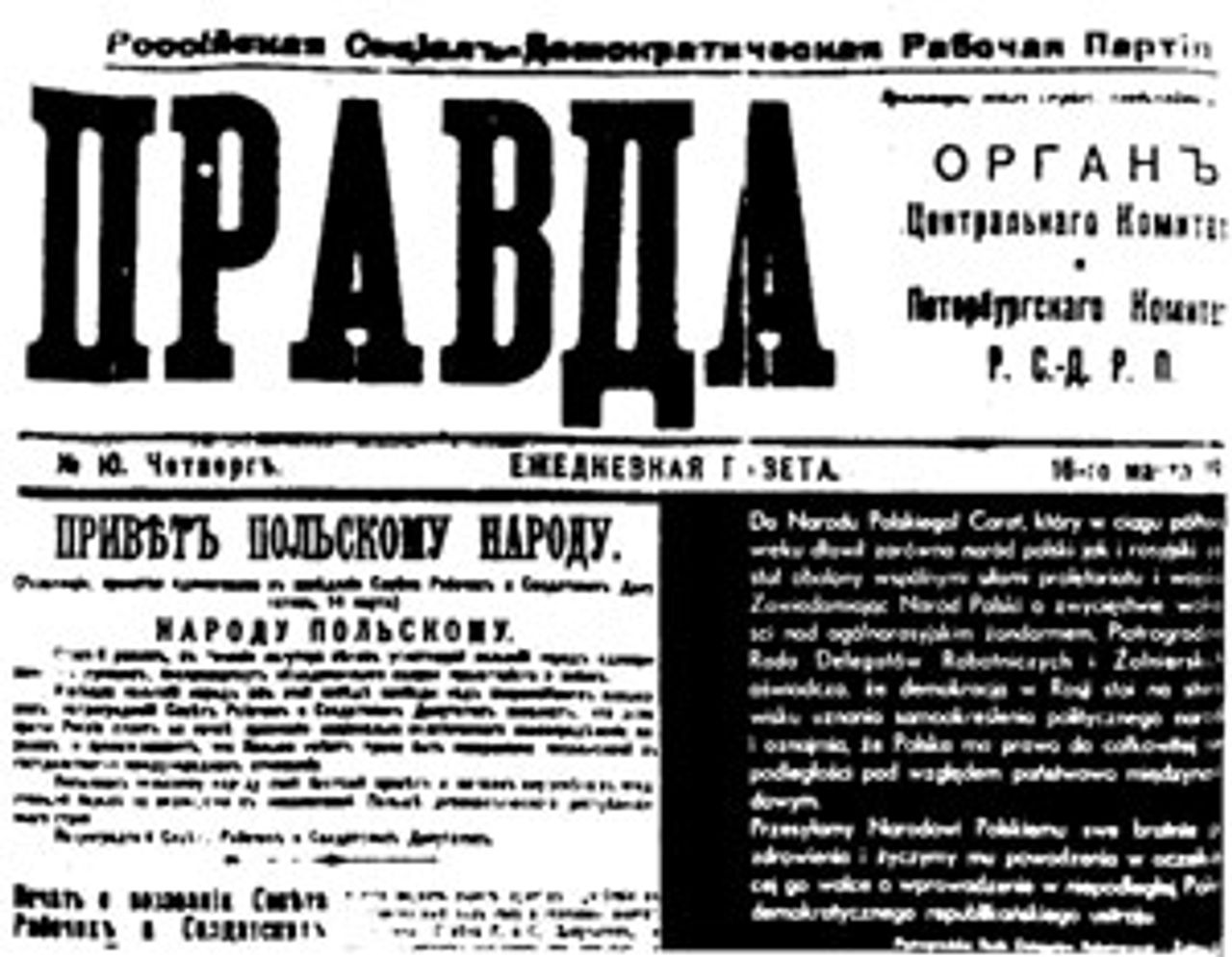This Week in History provides brief synopses of important historical events whose anniversaries fall this week.
25 Years Ago | 50 Years Ago | 75 Years Ago | 100 Years Ago
25 years ago: Iran-Contra hearings open
 William Casey
William CaseyThe House Select Committee on Intelligence (HSCI) hearings on the Iran-Contra affair began on May 5, 1987. The public sessions opened with the testimony of retired Major General Richard V Secord, who claimed that CIA Director William Casey had supported the elaborate network of operations that he and Lt. Col. Oliver North headed to illegally divert funds from the sale of arms to Iran in order to provide weapons and support to the Contras, who were carrying out a war against the nationalist Sandinista government in Nicaragua.
The hearings brought Secord to the public eye for the first time. Though never elected to any office, Secord headed what some congressmen called a “parallel government,” with its own secret funding, weapons, airplanes, ships, communications devices, personnel and military missions. Secord claimed that the operations were supported by President Reagan and Vice President George H.W. Bush, as well Casey.
Secord’s demeanor before the committee revealed the arrogance and contempt of layers of the US military and intelligence circles have for democracy. He scathingly attacked Attorney General Edwin Meese, who publicly stated the previous November, when the Iran-Contra affair blew up publicly, that it only involved Lt. Colonel North, an employee of the NSC, and not Reagan, Bush, Defense Secretary Caspar Weinberger, or CIA Director William Casey.
Secord declared, “The decision of Mr. (Edwin) Meese, and possibly others, to succumb to anxiety and ignorance is particularly unforgivable. . . . He could have been advised of the facts surrounding these events before his announcement.”
On May 6, the second day of the hearings, Casey died of complications from the removal of a cancerous brain tumor the previous December. He had served as CIA director from January 1981 until his resignation on January 29, 1987. The deterioration of his health came to public attention on December 16, 1986, the day before he was scheduled to testify.
50 years ago: French rightists massacre Muslim workers in Algeria
 European settlers in Algiers in 1961
European settlers in Algiers in 1961 On May 2, the right-wing French terrorist group, the Organisation armée secrete (OAS), exploded a bomb near hundreds of Muslim Algerian workers as they lined up for jobs at the docks in Algiers. The attack killed 110 and injured 147 more. The car was packed with metal to maximize deaths among the longshoremen.
On May 3 the OAS bombed and strafed with machine gun fire a high-rise government building in Oran, killing seven. On May 4 it attempted to explode a tractor-trailer full of gasoline over several hundred Arab homes in a canyon in Algiers. The scheme to burn thousands of people in their homes failed when the truck rolled and detonated prematurely, killing one pedestrian and injuring several others.
On May 5 and May 6, the OAS began to shoot Muslim women, execution-style, in the streets of Algiers, killing three and wounding two more. On May 5 in Oran the OAS strafed a car carrying five Arab youth with gunfire, killing the driver and causing the car to crash. The four survivors ran for their lives, “but the secret army men hunted them down and killed them one by one in the narrow, twisting side streets,” in the words of the New York Times.
In the two months since the signing of the Evian Accords between the DeGaulle government in France and the Algerian nationalist FLN, providing for eventual independence of Algeria, well over 800 Muslims were killed in OAS terror attacks.
The OAS, composed largely of right-wing military figures and fascistic European settlers in Algeria, sought to scuttle the Evian accords, which promised an end to the seven-year long French counter-insurgency war that had seen as many as 1 million Algerians killed and 2 million more made into refugees.
In spite of their crimes—which in addition to the terror campaign against Arab workers included assassinations in France and the launching of a failed coup in 1961—none of the right wing generals were ever seriously punished. De Gaulle gave pardons in 1968 to leading conspirators Raoul Salan and Edmond Jouhaud. All the military conspirators were fully rehabilitated by a law passed in 1982 under Socialist Party Prime Minister Francois Mitterrand.
75 years ago: Workers uprising erupts in Barcelona
 Spanish workers behind barricade
Spanish workers behind barricadeOn May 3, 1937, the Spanish Popular Front government attempted to wrest back control of the main telephone exchange in Barcelona from the workers occupying and operating the crucial communication facility. The Telefonica had been won back from fascist forces on July 19, 1936 after the Republican government’s Assault Guards had surrendered control of the building to the workers.
Three truckloads of Assault Guards led by Salas, the Stalinist chief of police, arrived at the exchange and initially took the workers by surprise. The police got as far as the second floor of the building but were then beaten back by the armed workers. As word of the attempt to begin a counterrevolution in the city spread, the city’s workers and defense committees took to the streets, hastily assembling barricades and defending their neighborhoods and workplaces.
By May 4 the workers dominated almost all of Barcelona except for pockets of resistance in the city center. The government-controlled areas were mainly policed by the armed guards of the Stalinist United Socialist Party of Catalonia (PSUC) as the police force had largely disintegrated, many giving up their arms to workers.
Social and political tensions had been building in the city since the beginning of the year. The regional Catalan government, of which the PSUC was a central component, had been slowly restoring its executive powers lost in the aftermath of the military coup when the workers of Catalonia rose up and took control of the city.
Since the vanquishing of fascist forces in Catalonia, a state of dual power had existed, whereby the bourgeois Popular Front government, supported by the Stalinists, was ostensibly in office, but in reality the working class controlled all facets of everyday urban life through their defense committees in industry, transportation, communication, and agriculture.
“Control of the Telefonica was a concrete instance of the dual power,” wrote Felix Morrow in Revolution and Counter-Revolution in Spain. “The CNT was in a position to listen in on the government calls. The bourgeois-Stalinist bloc would never be master of Catalonia so long as it was possible for the workers to cut off telephonic coordination of the government forces.”
Dual power did not escalate to socialist revolution because the most influential political tendencies amongst the region’s working class, the Iberian Anarchist Federation (FAI), which controlled the CNT trade union, and the centrist POUM (Workers’ Party of Marxist Unification) refused to call for the formation of a workers’ state. The lack of a vanguard revolutionary leadership would ultimately cost the Spanish workers dearly. Rather than developing into a truly revolutionary situation, dual power was allowed to atrophy and ultimately give way to the re-establishment of bourgeois social relations.
100 years ago: Bolsheviks establish Pravda
 Pravda, March 16, 1917, reports
Pravda, March 16, 1917, reportsindependence of Poland
Pravda, which means “truth” in Russian, commenced publication in St. Petersburg on May 5, 1912. It was established by the Bolsheviks on the initiative of Lenin, and was conceived of as a mass daily that would politically educate the working class in the fundamental principles of Marxism, report on workers’ struggles, and expose the conditions in the factories in Russia. In its first year, according to Lenin, “Pravda met with support from more than 1,000 groups of workers” and had the support of hundreds of thousands of workers in Russia.
The founding of Pravda followed the expulsion of the Mensheviks from the Russian Social-Democratic Labor Party. While the split between the Bolsheviks and the Mensheviks at the 1903 Party Congress had exposed the political gulf separating the factions, they continued to function as factions of one party. Under conditions of escalating social struggles, the incompatibility between the Menshevik perspective of collaborating with the bourgeoisie, and that of the Bolsheviks, which was based on a fight for the political independence of the working class from all bourgeois and petty-bourgeois parties, became clarified. Lenin viewed the struggle against national-opportunist tendencies such as the Mensheviks as the necessary political preparation for revolutionary struggles and the basis for political work amongst the masses.
The newspaper was subject to censorship and fines by the Tsarist regime, which also had the authority to withdraw publication license, confiscate issues and imprison editors. Between 1912 and 1914, Pravda was closed eight times. The Bolsheviks reopened the paper under different names such as Workers’ Truth. To overcome Tsarist oppression, workers were encouraged to write articles and contribute financially to Pravda. Circulation was around 40,000 a day in the first two years of publication, with around half of these sales in St. Petersburg.
